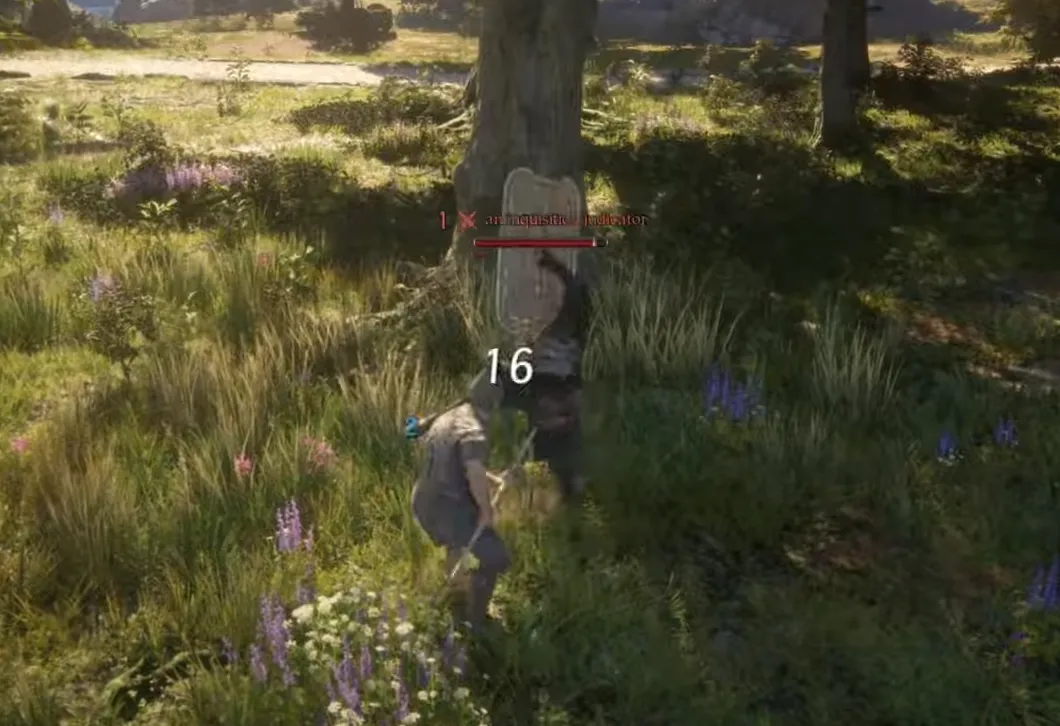Pax Dei is reshaping its combat from the ground up. The team is layering modern responsiveness on top of a classic MMO backbone: tanks, healers, and DPS still exist, aggro still matters, and two core bars define your moment-to-moment decisions — Health and Endurance (used for traversal and attacks). The twist is that there are no fixed classes. Your role flows from the gear you wear and the skills you’ve advanced, with crafted items supplying active abilities, passives, and spells. That gear-first approach ties combat progression directly to the player economy and the things your clan builds.
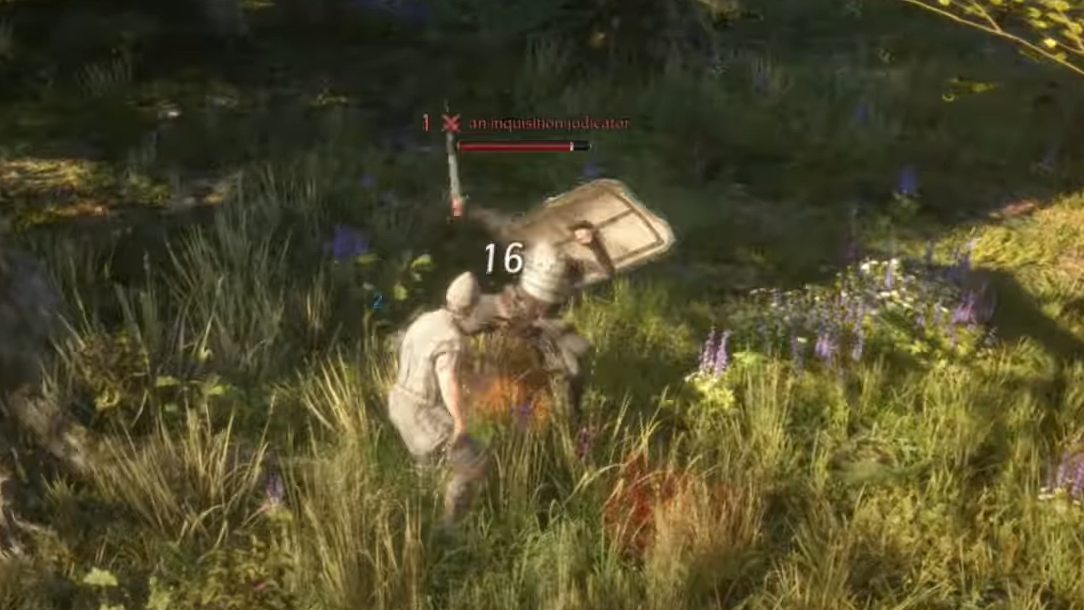
Pax Dei combat overview (no classes, aggro, endurance)
Role identity comes from equipment and skills rather than a class pick. High-end items can embed abilities, but many of those effects have skill prerequisites or scale with your skill level. You can mix and match pieces — even carry multiple sets — but inventory space and group coordination become real trade-offs.
Risk and reward are built into the world layout. Dungeons are fully open spaces where parties can cross paths and compete for shared loot. PvP is opt-in by location: Home Valleys remain safe (duels aside), while stepping into Contested Provinces flags your character for PvP until you leave. Death has teeth — your gear stays with your corpse and, in PvP, opponents may loot some of it. Durability is also in play, and some powerful items are intentionally fragile.
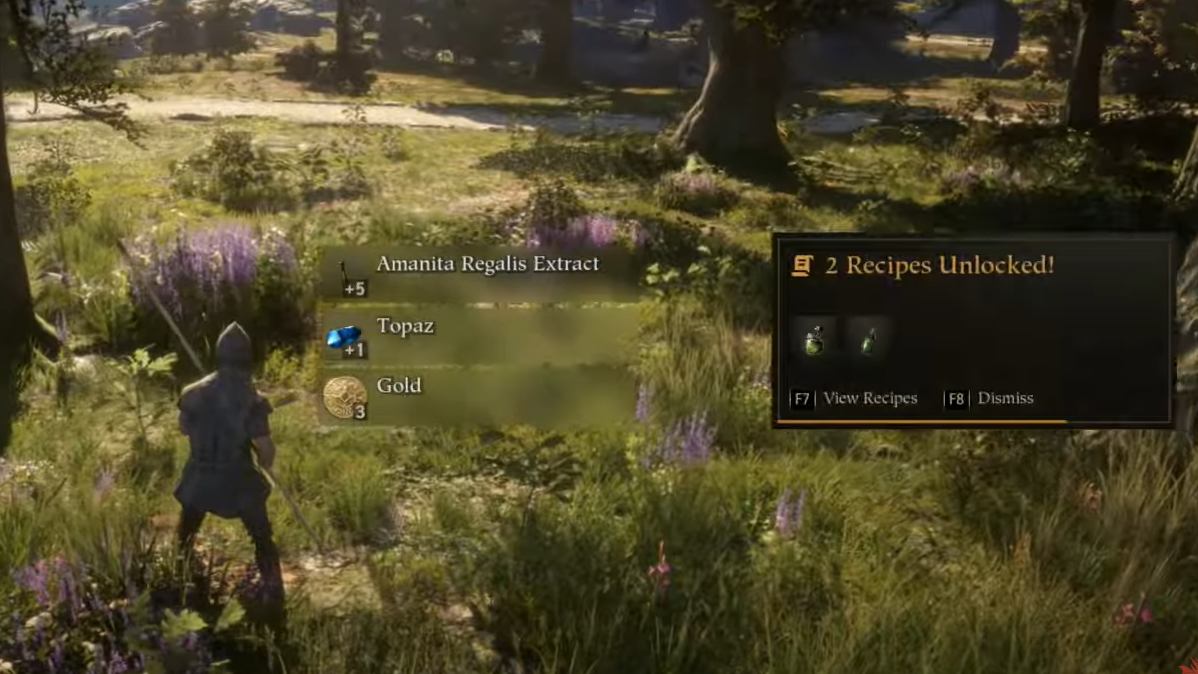
Movement changes (default run, swimming stamina, falling damage)
Traversal is being tuned for fewer friction points. Characters will default to running rather than dropping to a walk when idle; sprint remains, and you can still toggle walk/run — including a setting to keep the old behavior if you prefer. Swimming will consume less stamina to reduce the tax on water crossings. Falling damage is being refactored for consistent, predictable outcomes.
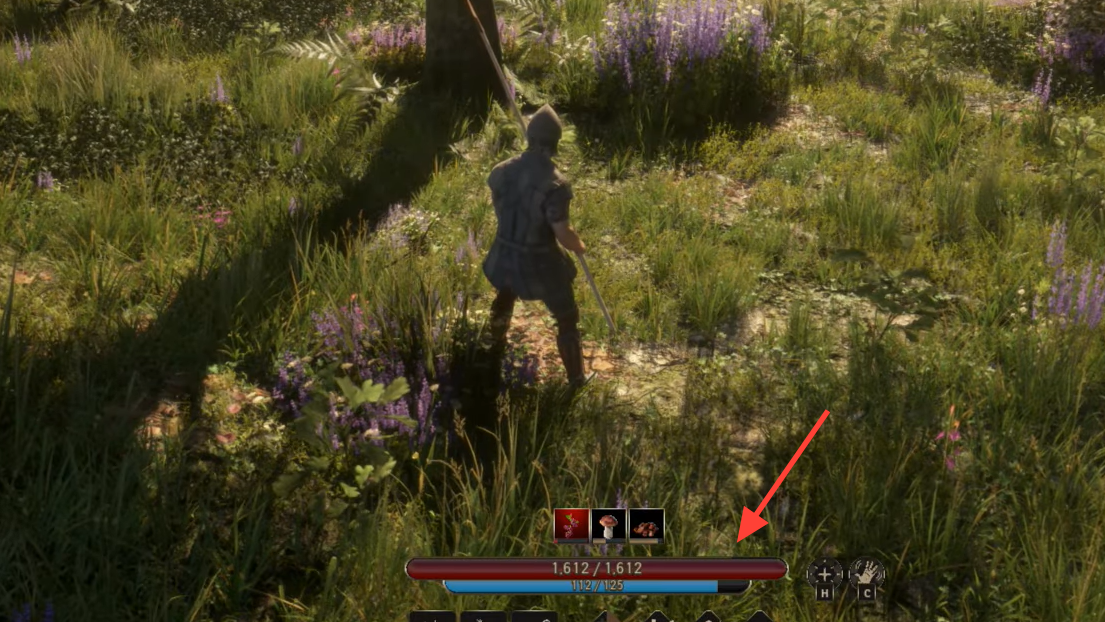
Melee changes (auto-facing, cancels, aiming, hit detection, blocking)
Melee is getting a responsiveness pass across the board. When you engage, your character will auto-face a target based on camera direction, smoothing out target swaps and strafing around enemies. Attack animations are being retimed or rebuilt to shorten dead frames and add forward momentum so you can stay connected to moving targets. You’ll also be able to angle strikes up or down to hit enemies above or below you.
Crucially, you’ll gain more ways to interrupt yourself. During the anticipation phase of a swing, you can cancel into other actions like blocking, jumping, spellcasting, or a special attack. Special attacks can directly animation-cancel from a regular hit into the finisher. Hit detection will better match weapon motion and shape — for example, spears applying damage along a line, great axes in a circular arc — so weapon choice feels distinct in the field.
Defensive play carries clearer trade-offs. Holding block will halt stamina regeneration and slow you to a walk. Consumables still work while blocking, so you can manage your resources mid-guard. Equipping and unequipping will feel less sticky thanks to an input queue that defers the action until it’s legal to complete, and more actions can now overlap with gear swaps.
For PvP specifically, the team is considering tests where taking a hit briefly slows a character, making chase and disengage windows more readable.
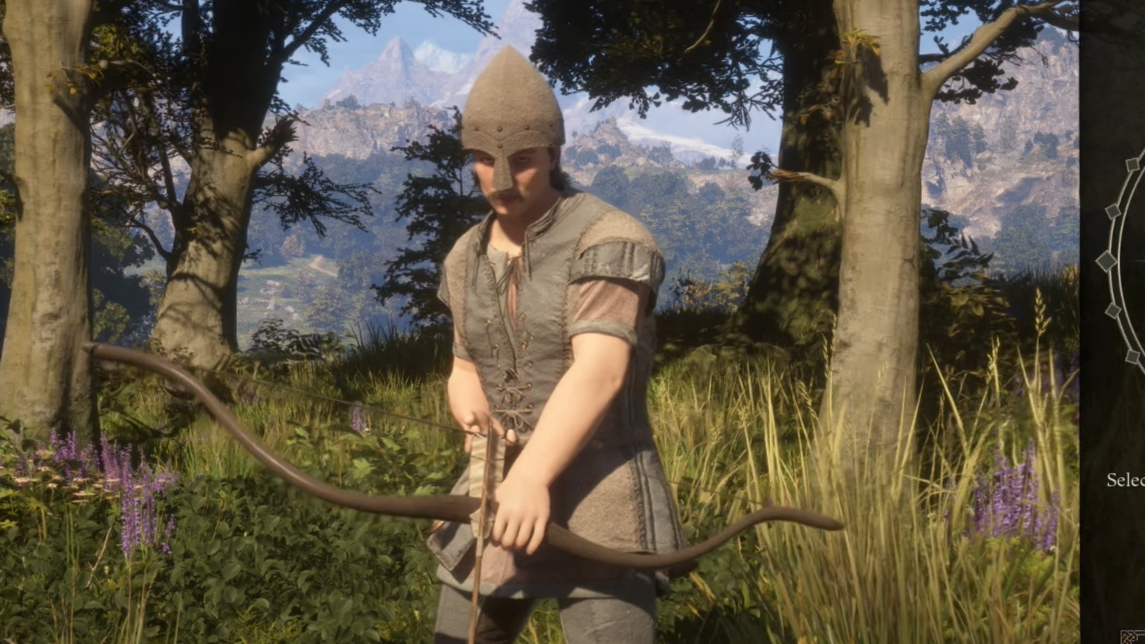
Spellcasting changes (targeting, cancels, cast bars, early spells)
Spell targeting is being rebuilt for accuracy, with your chosen target persisting on-screen throughout the cast so you always know what you’ll hit. As with melee, you’ll be able to cancel casts at any time by moving, jumping, blocking, attacking, or swapping gear — useful for pre-casting or reacting mid-fight.
Spells will surface casting bars to telegraph what’s being channelled in PvE and PvP, helping you decide when to interrupt. Early-game spell options are also expanding via loot in small PvE camps, giving solo players and small groups more tools sooner.
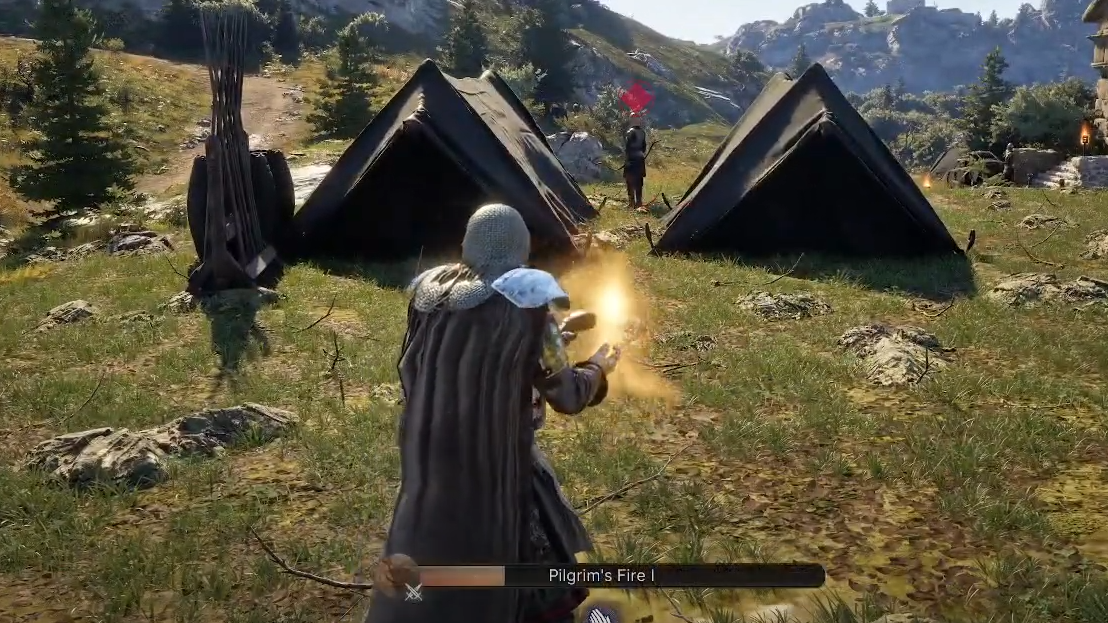
Enemies and UI changes (telegraphs, nameplates, threat readability)
Enemy attack animations are being revisited to add clearer windups and tells, giving you more time to respond. The UI is getting a readability pass: both enemy and player nameplates are changing to deliver more at-a-glance information. Enemies will convey their relative power — initially with a “level” indicator even though characters don’t level — to help you decide whether to engage or bail. Health bar colors will indicate neutral or hostile behavior. Player nameplates will also make it easier to parse friend or foe quickly in PvP.
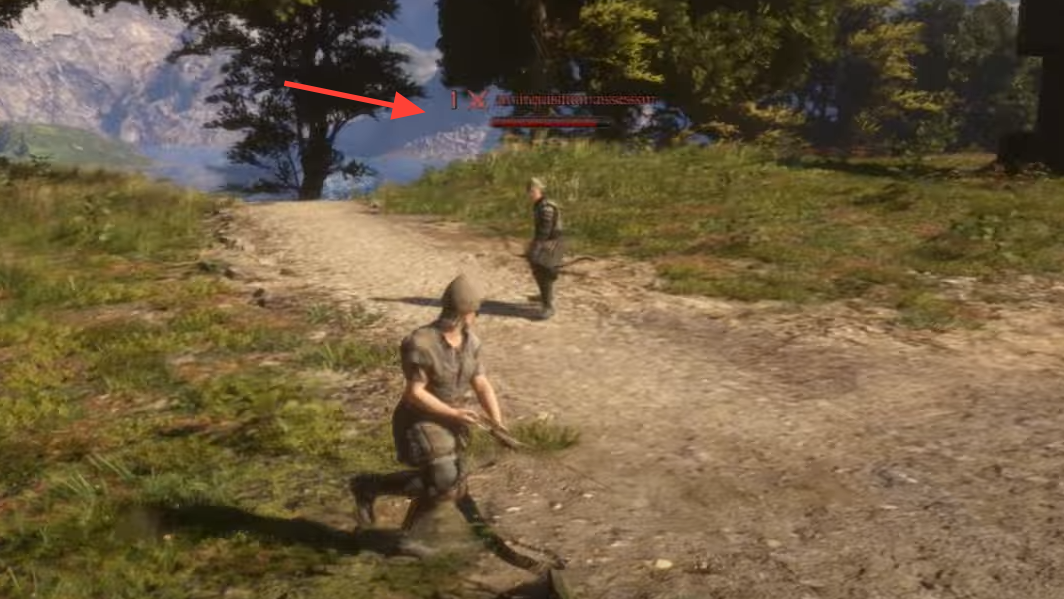
Camera and audio changes (smoothing, occlusion fade, combat cues)
Camera collisions will feel less jarring, with smoothed transitions when objects block your view. If the camera pushes too close to your character, your avatar will fade out to avoid obstructing the shot — the same behavior applies in building mode. Melee-specific camera smoothing should reduce sudden, disorienting shakes during tight combat movements.
Audio is getting utility cues. You’ll hear a distinct sound when your stamina is too low to act and a sting when you level up a skill. Player attack grunts will better chain for combos, while NPC vocalizations will vary more with their health state. The overall mix is being adjusted for clarity.
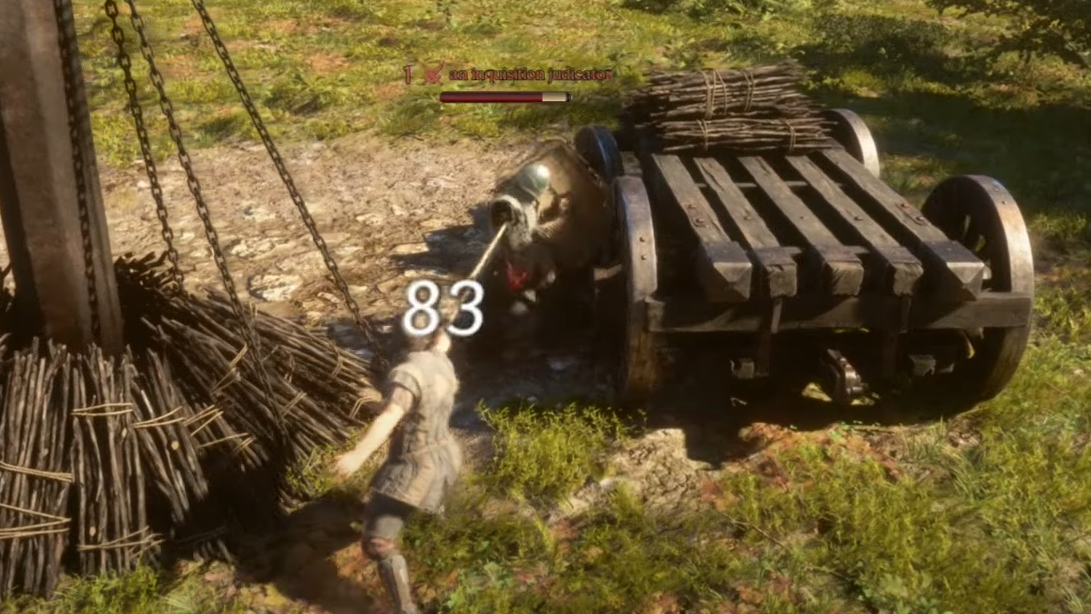
Quick reference: what changes and why
| Change | Practical impact |
|---|---|
| Default run, optional old walk behavior | Less friction moving between fights; settings keep legacy feel if desired |
| Lower swim stamina cost | Water crossings don’t drain endurance as quickly |
| Consistent falling damage | Predictable risk when traversing cliffs and rooftops |
| Auto-facing targets in melee | Smoother tracking and target switches under pressure |
| Retimed attacks, vertical aim | Easier to connect with mobile or high/low enemies |
| Weapon-shaped hit detection | Spears feel linear, great axes feel sweeping; fewer “ghost” hits |
| Cancelable melee and spells | Recover from bad commits; pre-cast or pivot mid-encounter |
| Block halts stamina regen, forces walk | Defense costs tempo; potions/food can offset |
| Equip/unequip input queue | Reliable swaps even in tight animation windows |
| Cast bars and persistent target | Clearer interrupt windows and target confidence |
| Enemy telegraphs, new nameplates | Better fight assessment and PvP readability |
| Camera smoothing and avatar fade | Fewer occlusions; cleaner viewpoint in combat and building |
| Stamina/skill-up audio cues | Immediate feedback for resource state and progression |
How it plays with the gear-driven sandbox
These changes aim to make the gear-and-skill system more readable and less punishing when you experiment. Cleaner telegraphs and cast bars create space for interrupts and counters. Weapon-specific hit zones make the choice between, say, a spear and a great axe more than cosmetic. And because blocking now costs real tempo, a high-armor, mitigation-focused setup becomes a timing puzzle rather than a permanent safety net.
On the buildcraft side, embedded item abilities (for example, taunts, heals, or crowd control on trinkets) get more mileage when you can cancel cleanly into them or swap sets with predictable timing. Items like the Thunderous Visage, Soothing Choker, or Hypnotic Band illustrate how taunt, lull, heal, and mesmerize effects can be mixed across armor and jewelry — the new combat timing rules make these combos easier to execute reliably.
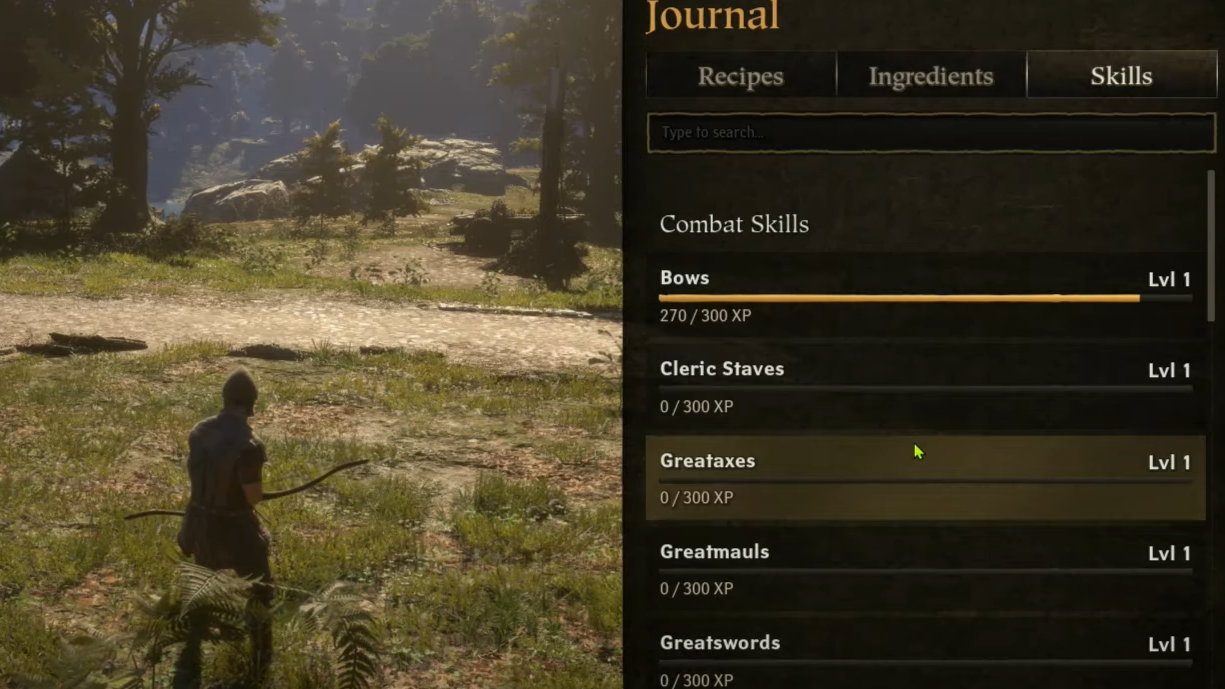
What’s still coming after this update
The work doesn’t stop here. The team is continuing to refine role identity within the no-class system, balance the full spell roster, and make gear choices feel more consequential in groups. Expect iterative passes rather than a single patch that “finishes” combat.
If you’ve bounced off hunting because animals were too slippery or found PvP chases unsatisfying, the animation and hit-detection updates — plus potential on-hit slows in testing — are designed to address exactly that. If you prefer support play, the expanded early-game spells and clearer cast telegraphs should make small-group runs less punishing and more coordinated.
The headline is simple: combat is being rebuilt to be faster to read and quicker to correct without abandoning the MMO fundamentals that make parties, gear, and positioning matter. That’s a good trajectory for a sandbox where your equipment defines your role and the world doesn’t pause while you figure it out.

